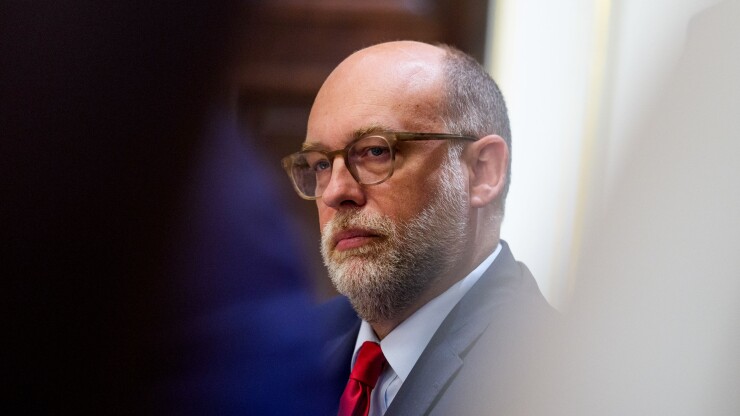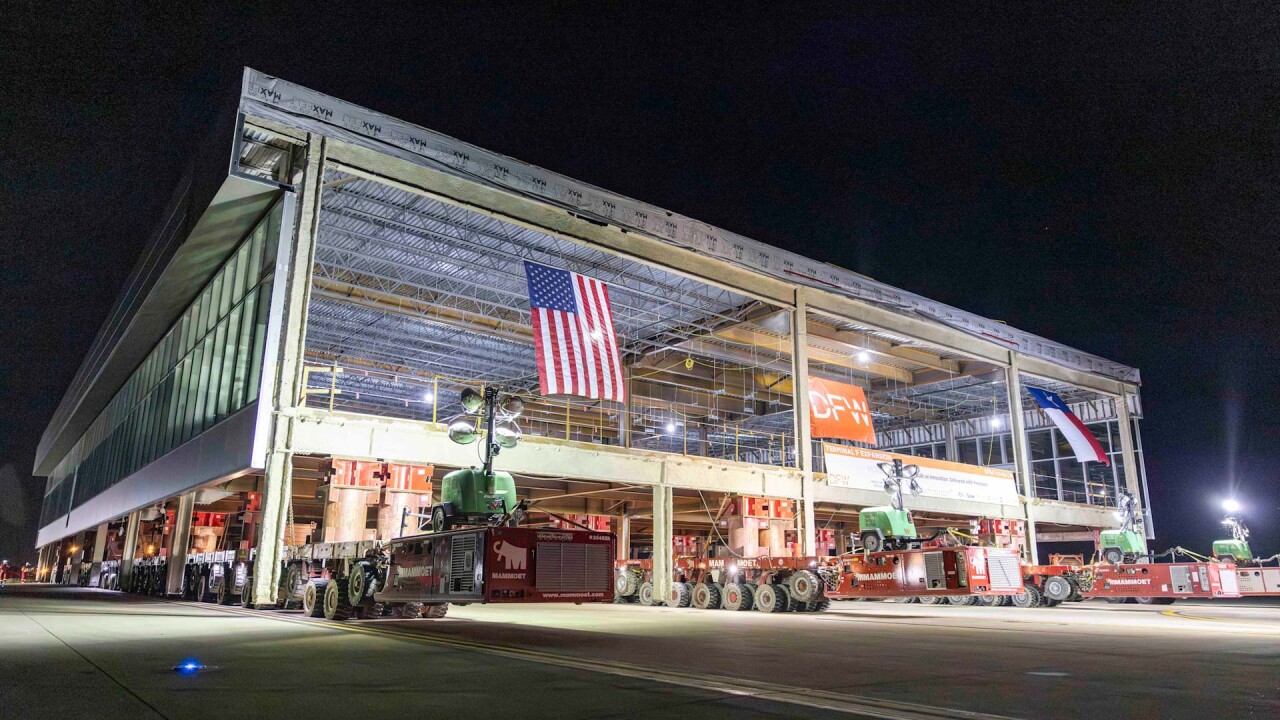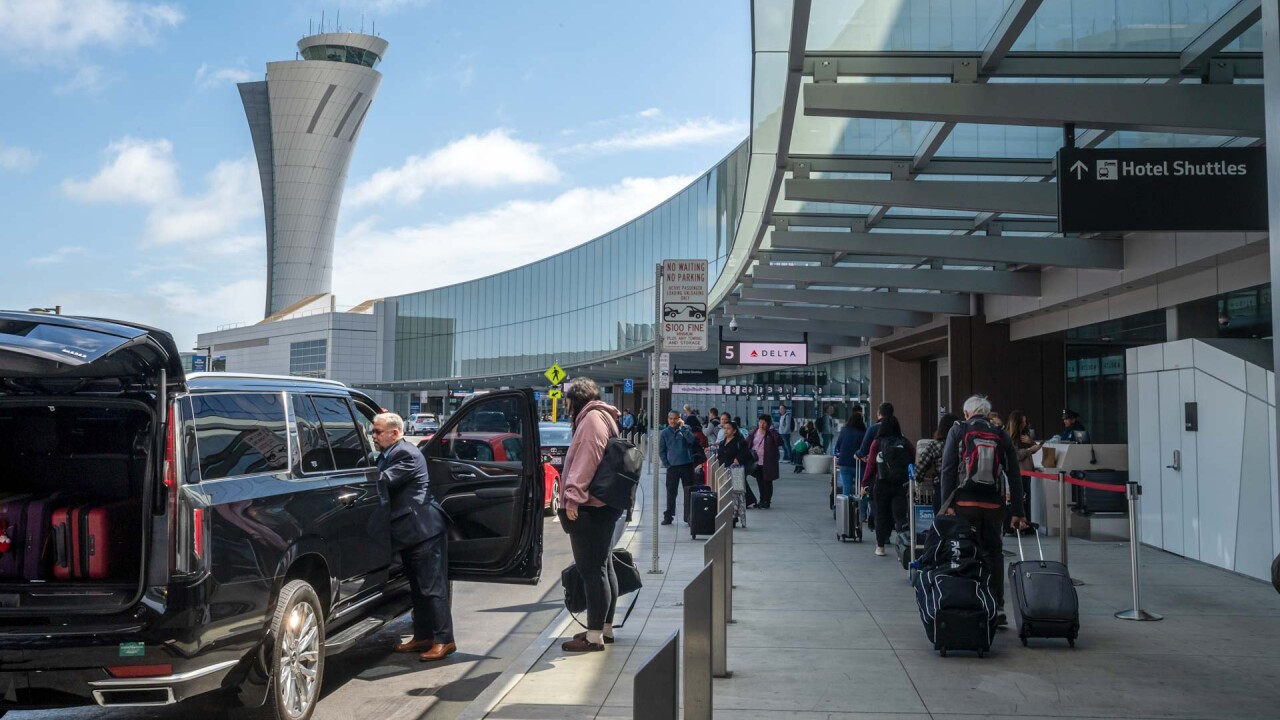
The federal government shut down at 12:01 a.m. Wednesday, the first day of fiscal 2026, in the absence of a congressional spending deal.
The closure was triggered when the Senate Tuesday voted down a pair of partisan stopgap funding bills. The shutdown affects nonessential functions of discretionary spending while mandatory programs funded outside of the fiscal-year appropriations, like Medicaid, will continue to flow. As of Wednesday morning there was no clear path forward.
The Congressional Budget Office
The Transportation Department said Tuesday it would furlough more than 11,000 employees at the Federal Aviation Administration, while air traffic controllers would continue to work but without pay.
Republicans, who control both houses of Congress and the White House, want to pass a "clean" continuing resolution through Nov. 21, as the House passed last week.
Democrats are in the Senate minority, but at least some of their votes are needed to meet the 60-vote threshold for a spending deal. They want to pass a spending patch that extends Affordable Care Act premium subsidies tax credits past their Dec. 31 expiration, unwinds some of the Medicaid cuts that were passed in July in the One Big Beautiful Bill Act and blocks President Trump from enacting recissions.
The Senate plans to meet Wednesday and Friday in the hopes of gaining enough Democratic votes to pass the GOP's CR.
Trump has said he will use the shutdown to implement a series of "irreversible" actions like budget cuts and layoffs. Office of Management and Budget director Russell Vought late Tuesday sent federal agencies a
"It is unclear how long Democrats will maintain their untenable posture, making the duration of the shutdown difficult to predict," Vought wrote.
The municipal bond market impact remains to be seen although issuance would likely slow under a prolonged closure.
On the credit side, the more direct impact is limited to credits with direct exposure to federal funds, such as military housing, federal lease-backed bonds, and Garvee bonds. A longer closure could disrupt federal infrastructure projects, freeze federal subsidies to direct-pay debt and generally cause uncertainty for borrowers and investors alike.
Highway and public transportation spending have remained largely unaffected by past shutdowns "due to the unique budgetary nature of Highway Trust Fund programs," said the American Road and Transportation Builders Association in an email to its members.
The Trump administration on March 12, amid the most recent threat of a shutdown, released guidance that "followed past precedent of holding harmless surface transportation programs," ARTBA said. "However, updated guidance has not yet been released, adding some uncertainty to the current situation."
Cities and towns are
Treasury at some point is likely to
The U.S. has seen 20 government shutdowns since 1976, most of which have been brief and carried relatively limited economic impact. The most recent, in late 2018 under the Trump administration, lasted 35 days – the longest to date – but only partially closed agencies, as Congress had passed five of the 12 appropriations bills. The longest full shutdown lasted 17 days in 2013 during a stalemate over the Obama administration's Affordable Care Act.





